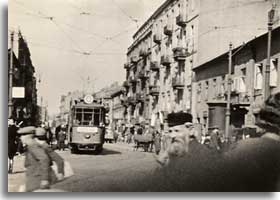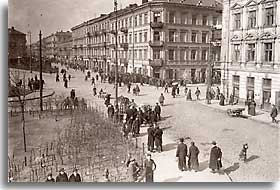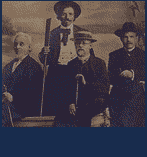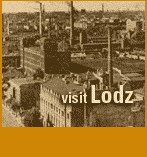

History
Warsaw, the grand capital of Poland and its largest city, was one of the great centers of Jewish culture and politics, before its near-complete destruction during World War II. However, Warsaw sat for centuries, before gaining preeminence, as an inconsequential rural outpost in the kingdom of Mazovia, which was a relatively unproductive landscape of rye and potatoes. Founded in the 1300s, the city grew very slowly over the centuries. Warsaw took its importance largely from its strategic military position, situated on a terrace above the great Vistula River between the ports of Danzig and Cracow. Jews began trickling into the town during the 14th century and as the modest Jewish population grew, they were met with increasing levels of hostility. Frequently barred entry within the city walls, in 1527 Jews were finally banned from the city under the provision of de non tolerandis judaeis  , a ban that lasted for the next 250 years. Such outright exclusion led to the formation of Jewish cities outside the city walls - a city outside a city, a "parapolis."
, a ban that lasted for the next 250 years. Such outright exclusion led to the formation of Jewish cities outside the city walls - a city outside a city, a "parapolis."
Modern Warsaw


By the beginning of the 20th century, Warsaw was a phenomenally compact and dense city (three times denser than Paris and Moscow). The slums - both Jewish and Polish - were shocking to middle-class sensibilities, marred by bad hygiene, poor or non-existent plumbing, and inadequate sewers, but also elegant boulevards and solid middle class suburbs. Warsaw was home to Europe's largest Jewish community for the first half of the 20th century. The population included some 400,000 Jews on the eve of the Holocaust, which comprised about one-third of the city's total population.
The main Jewish quarter from the 19th century onward was located in the northwestern part of the city. The area housed 250,000 Jewish souls in several smaller neighborhoods and teemed with energy. Because of its intense poverty and conspicuous Jewish presence, it was a place often feared and hated by Poles. The area had "an invisible wall which separated the quarter from the rest of the city," Bernard Singer, an observer from the time, wrote.















